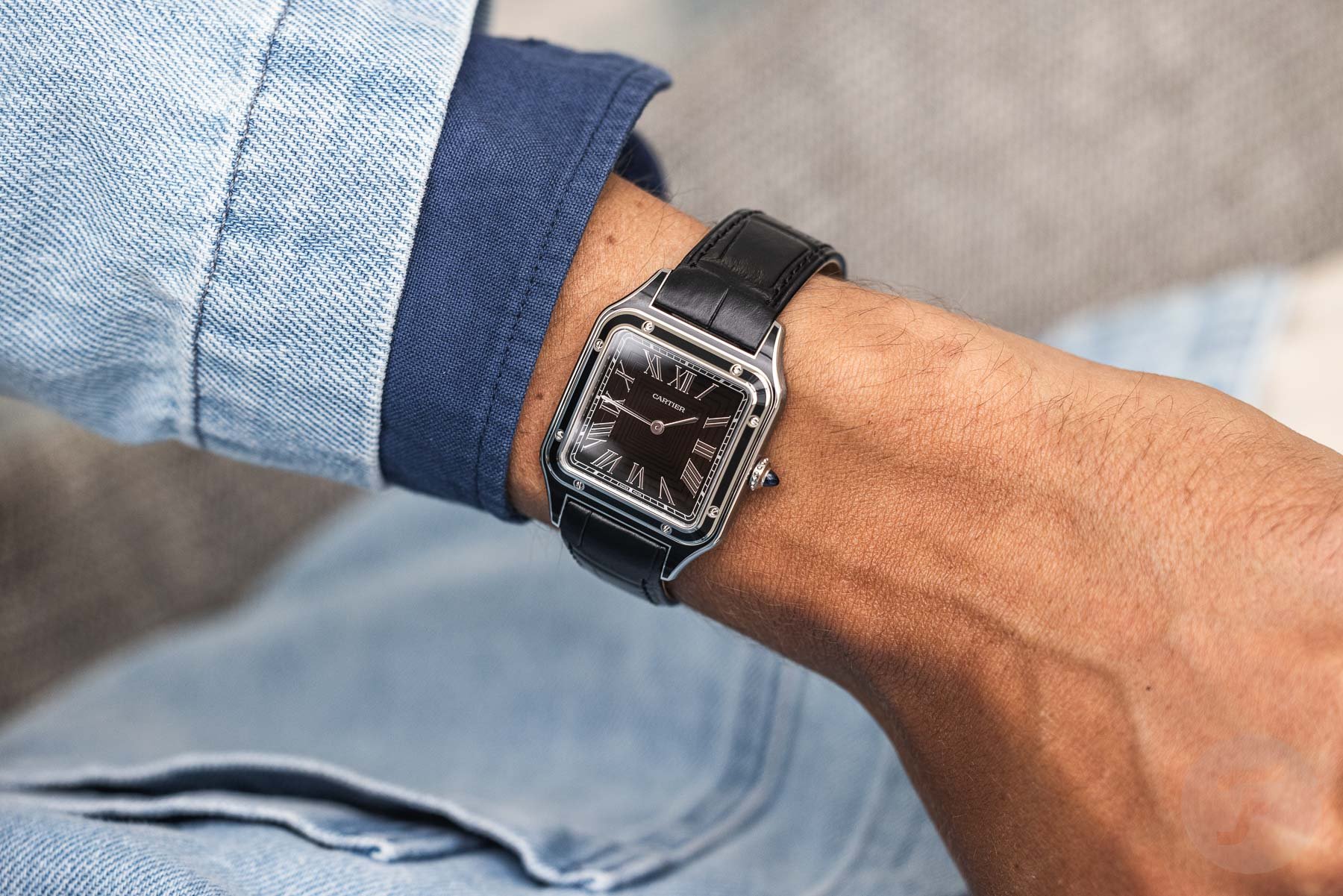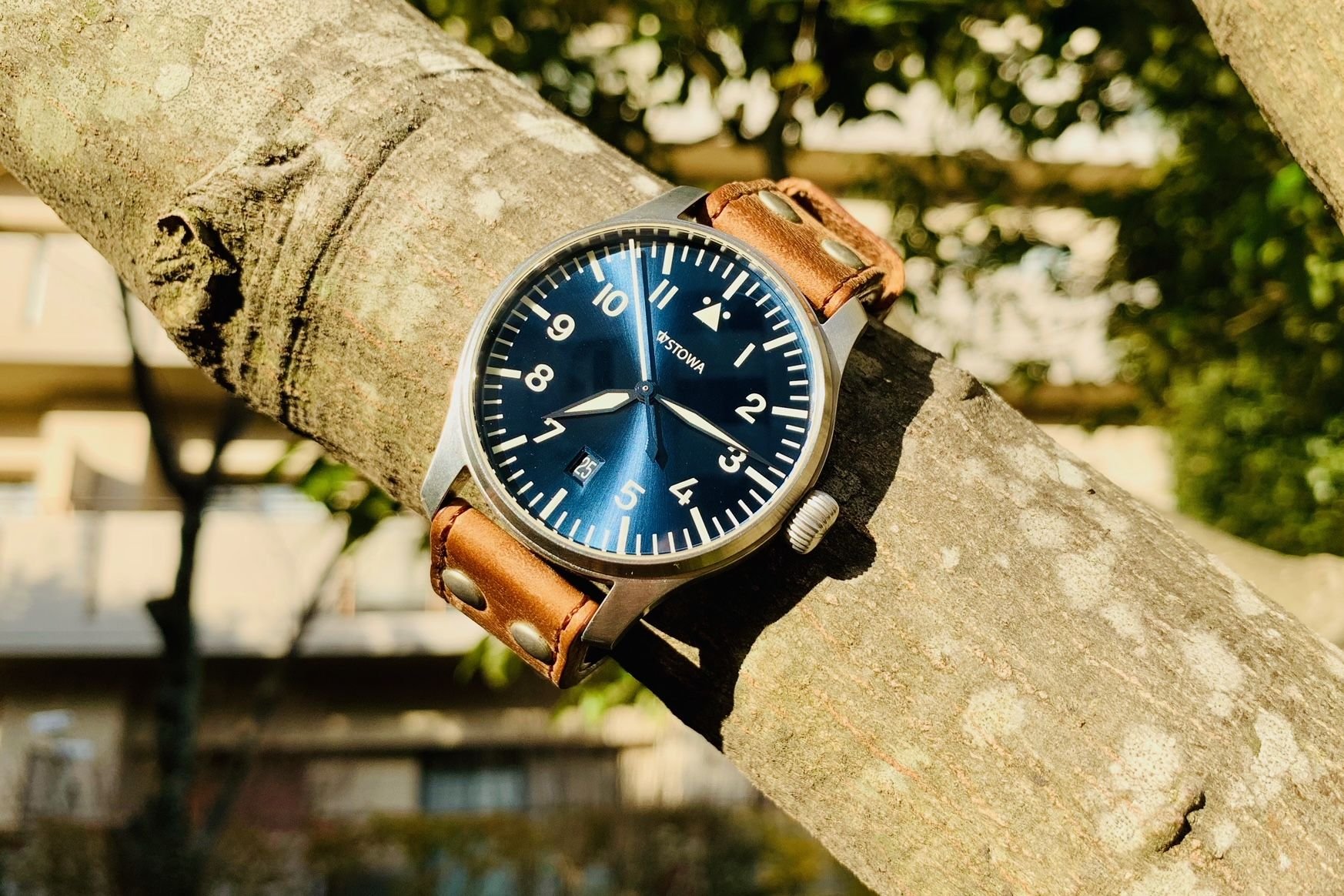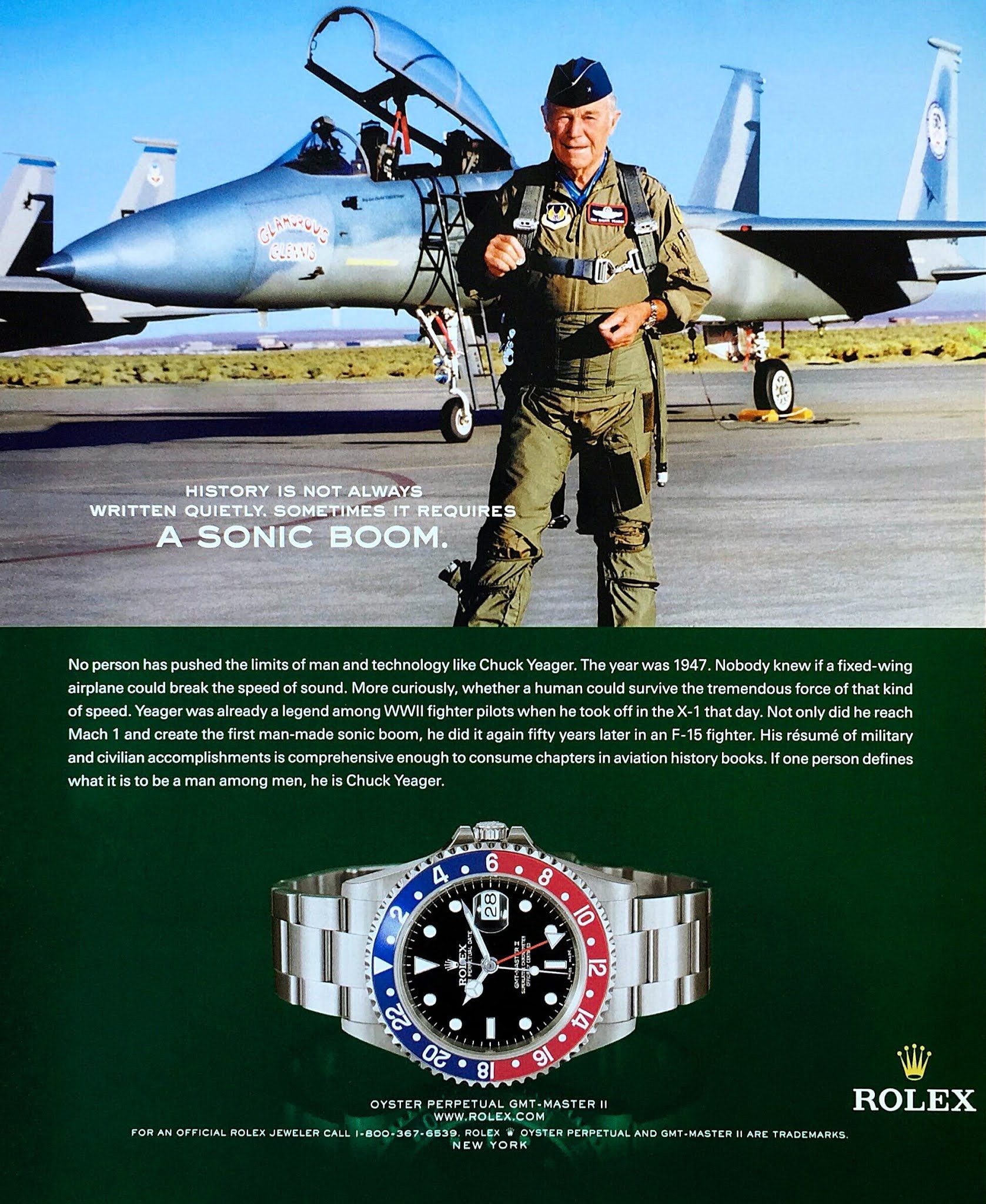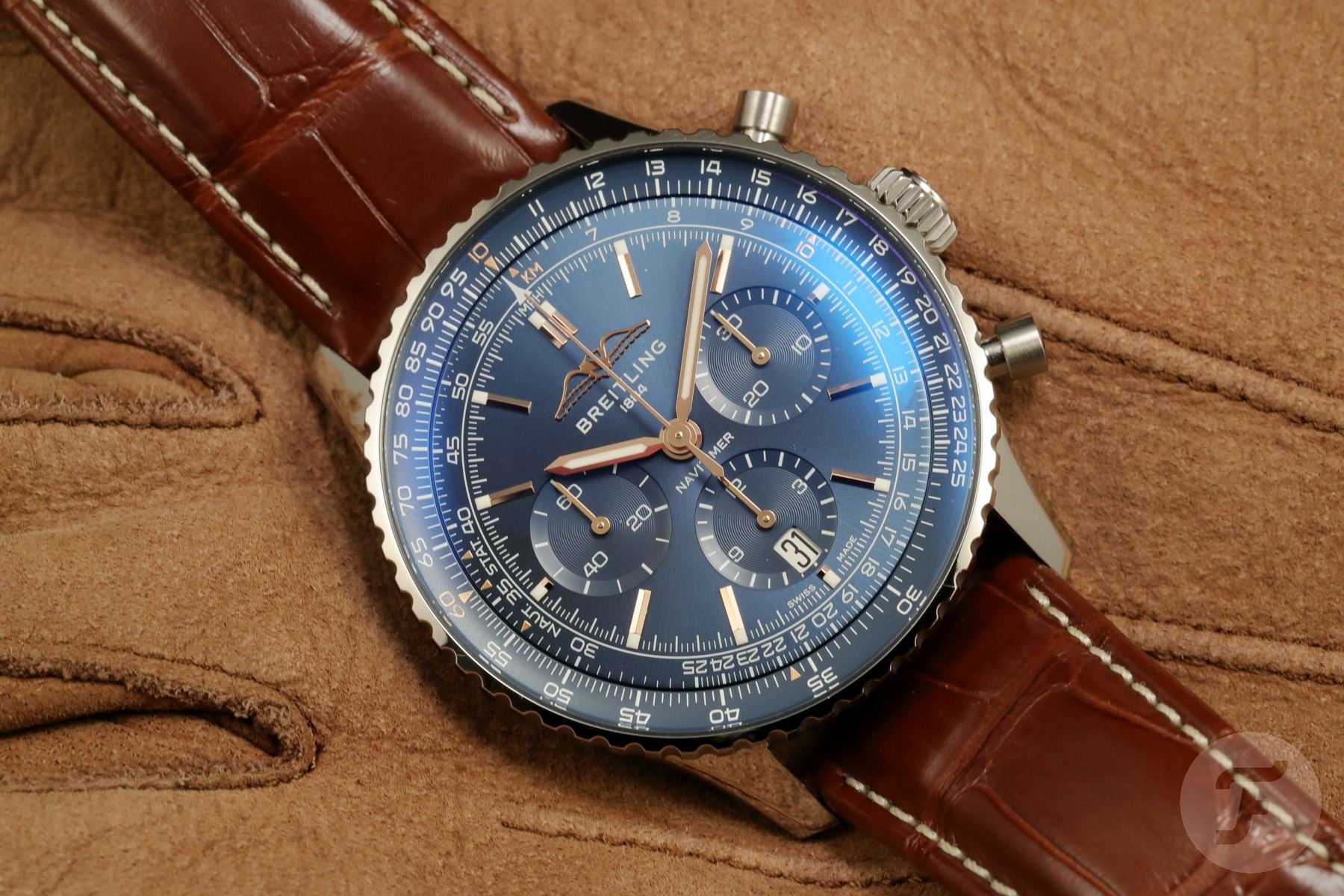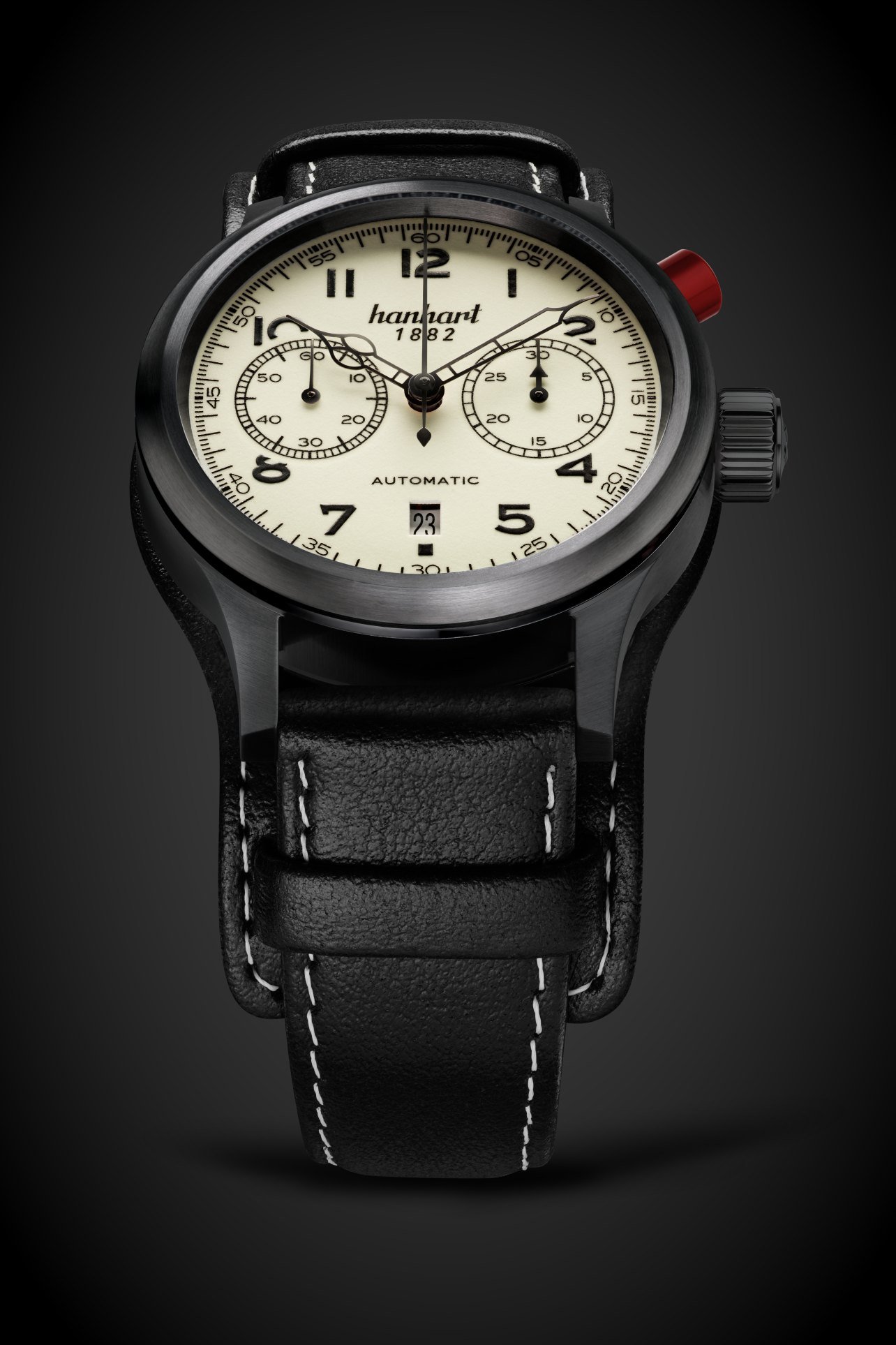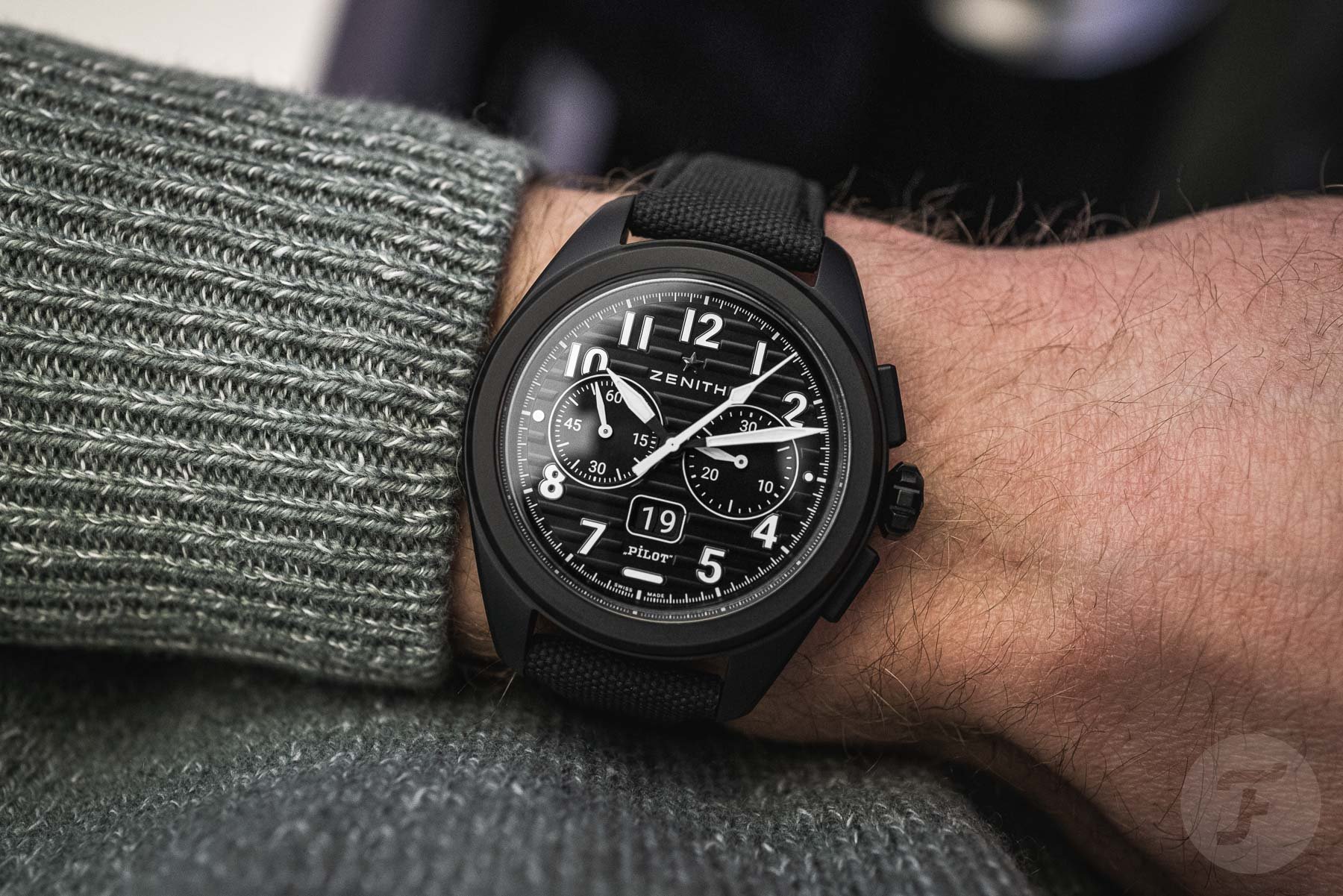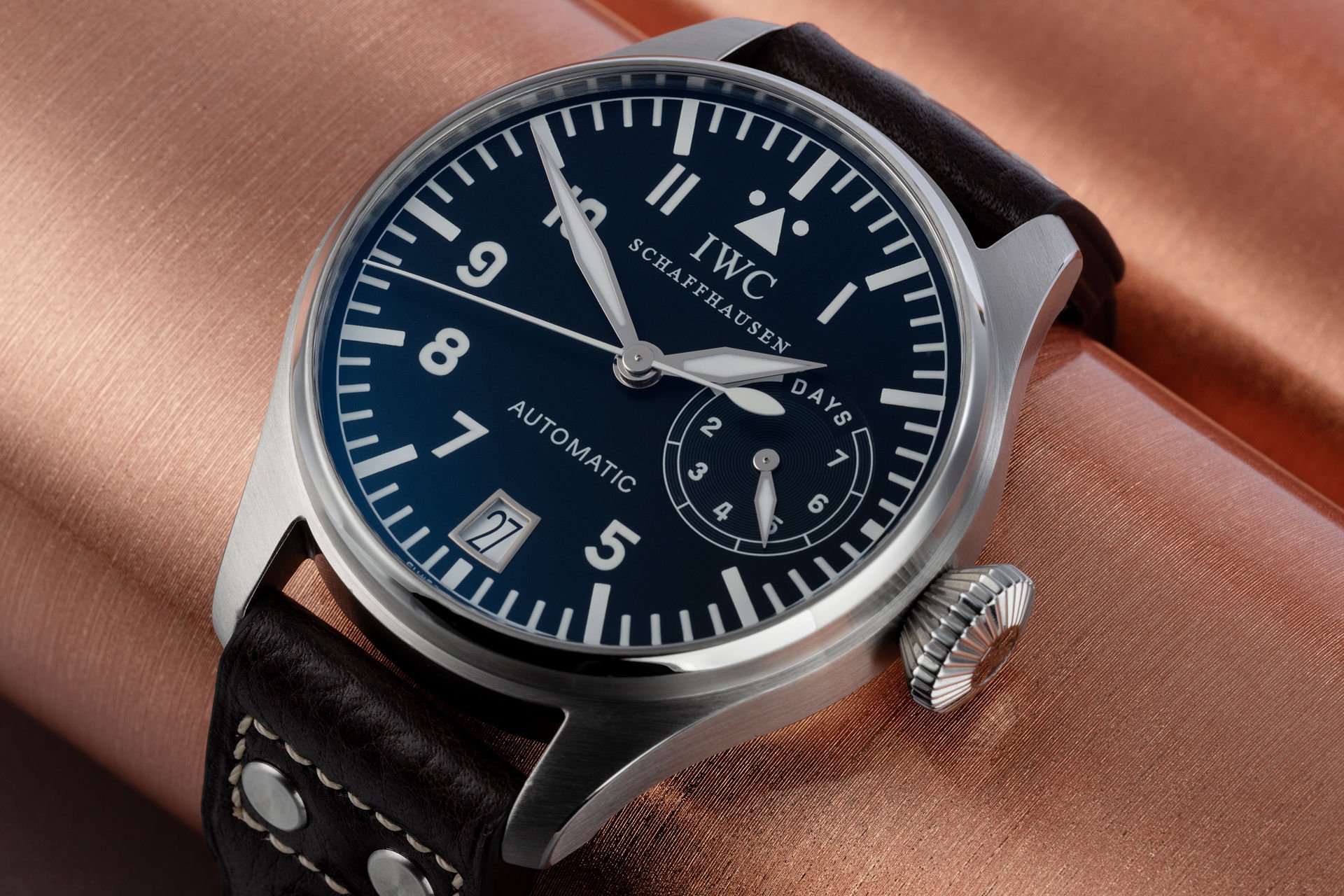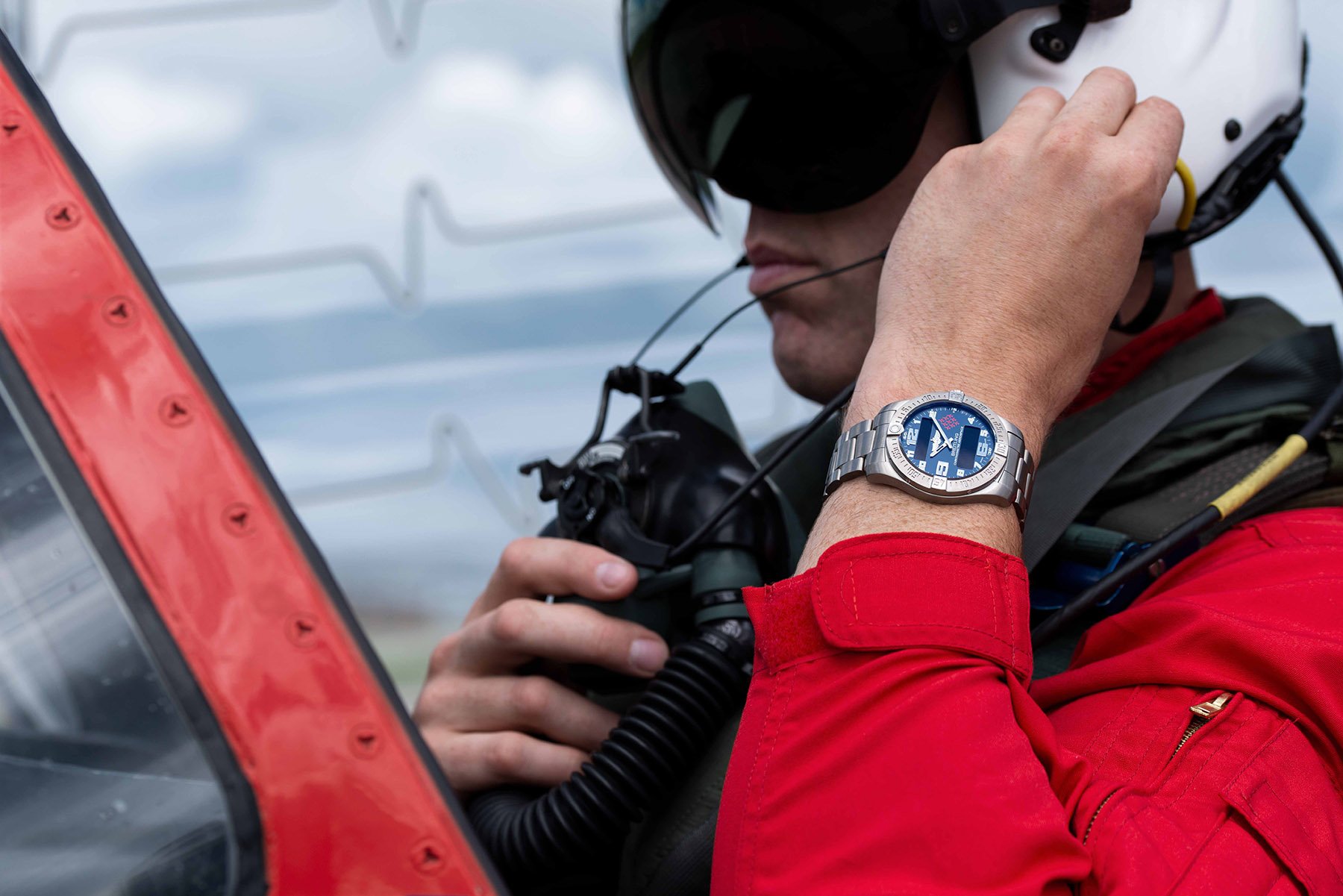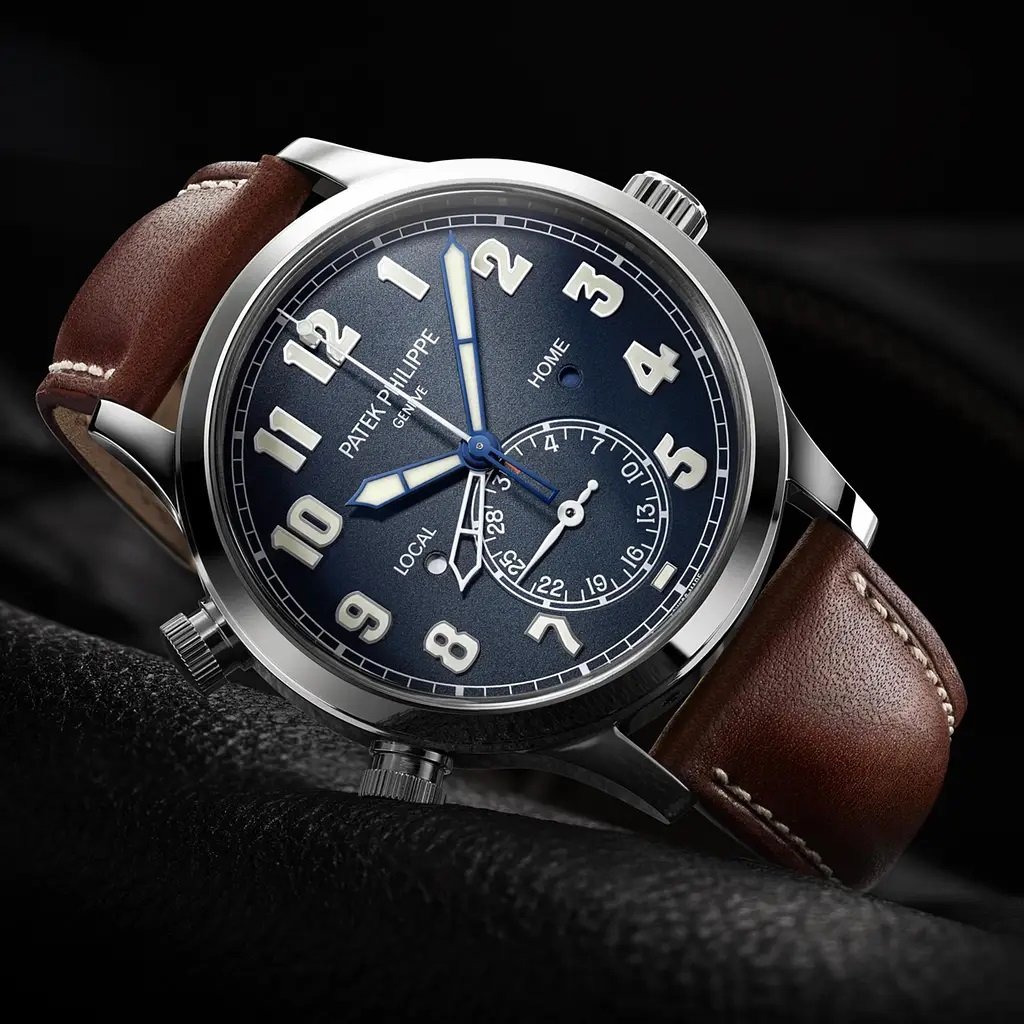Are Pilot’s Watches Still Used As…Well…Pilot’s Watches?
The pilot’s watch is one of the most popular genres of watches around, perhaps second only to dive watches. Since most owners of dive watches don’t dive, and divers don’t necessarily use them anymore, they are often referred to as “desk divers.” How about pilot’s watches? Do they still have a role to play, or should we start referring to them as “desk flyers”?
Let’s have a look at how the role of the pilot’s watch changed over time and what use it may still have.
A micro-history pilot’s watches
Let’s start with some “Pilot’s Watch History 101” in the most condensed form possible. You probably know that arguably the first men’s wristwatch in 1904 was a pilot’s watch — the Cartier Santos. The genre, then, is close to 120 years old now. The use of pilot’s watches saw a big boom during the two world wars. Watches were used by navigators in so-called “dead reckoning.” This is the simplest possible form of navigation, using heading, speed, and time to calculate where you are. Naturally, you needed a time-telling device to be able to do this.
A big milestone in the history of pilot’s watches came in the interbellum when Charles Lindbergh designed the Longines Hour Angle watch. It was based on the Weems system of navigation, which uses celestial bodies such as the Sun along with Greenwich Mean Time. I will not go into the precise workings here as there are plenty of places online to read about it. Let it suffice to say that it cemented the wristwatch as a proper tool for aerial navigators.
Come WWII, a new template was set for pilot’s watches by the Luftwaffe’s Beobachtungsuhren. These supersized watches were also used for navigation and were worn, fittingly, by navigators as a backup for the planes’ dashboard clocks. A failing clock would mean you were lost in the sky, so you can imagine a backup was very welcome, especially when flying in unknown enemy territory. The style of these watches has stuck around in many modern pilot’s watches.
And then the role of pilot’s watches changed
As technology developed, onboard clocks and redundancy systems slowly but surely made the wristwatch obsolete. However, the flight navigator remained a separate role in civilian aviation until the early 1980s. They would still use dead reckoning and celestial navigation when radio navigation was unavailable or unreliable. They just didn’t require wristwatches to do it anymore.
As intercontinental civilian aviation boomed in the post-war era, another iconic pilot’s watch was introduced. Pan-Am asked Rolex to build a watch capable of displaying an additional time zone. Rolex responded with the GMT-Master ref. 6542. It featured a 24-hour hand (that could not be independently set) and a rotating 24-hour bezel.
This is significant because, at this point, a professionally provided pilot’s watch wasn’t intended for navigational purposes. Nor was it intended to be used for relevant calculations like that other iconic pilot’s watch, the Breitling Navitimer. The Rolex GMT-Master was supposed to help pilots cope with jetlag by sticking to home time whenever possible, and it was also meant to aid in international communication of time. The bezel could be used to display local time.
Pilot’s watches are just watches
And thus, slowly, pilot’s watches turned from tools used in flight to auxiliary devices. Such GMT watches still served a practical purpose but less directly than before. With this shift, pilot’s watches underwent precisely the same development as watches in general. Slowly but surely, they became accessories and, for some, status symbols.
I have asked several pilots about their watches today, and it really comes down to whether they are aficionados or not. It seems a majority wear either no watch, a smartwatch, or something affordable like a fashion watch or a G-Shock. Even some watch collectors don’t seem to wear their nicer watches on the flight deck since the metal surfaces will likely damage them. I hear some wear pilot’s watches for romantic reasons. Others prefer divers or pretty much any random genre of watches. You know what? As it turns out, pilots are just like regular people.
Military pilots seem to be a little more specific in their wants and needs for a watch. G-Shock, Garmin D2 Delta, and squadron-issued watches seem to be prevalent.
Using pilot’s watches today
During my research, I did come across pilots who still were trained to fly without modern tools. Some even used their wristwatches in the process. One example is the so-called zero-G turn, which can be done with or without modern equipment. A nice and gentle turn in an airplane can be performed by turning three degrees per second. If you know your angle and the time, you can make precise turns even at zero visibility.
Three degrees per second equates to 180 degrees per minute. So let’s say you have to do a full turnaround to navigate out of a storm, but there is only darkness and rain outside the cockpit window. If you keep your angle at three degrees, you will have performed a perfect turnaround in exactly one minute. You can use a chronograph or any watch with a very clearly visible seconds hand. This is why proper pilot’s watches will always feature a large central seconds hand. Going back to those B-Uhren, a long, radium-painted seconds hand going around the massive dial of a 55mm watch makes a ton of sense.
Apologies to any pilots among you, Fratelli, if I butchered the terminology. Feel free to expand on this very simple explanation in the comments section below.
Desk flyer
I don’t think, however, that the pilot’s watch has become a purely romantic notion. Much like dive watches, the specific traits that make a good pilot’s watch are broadly useful and appreciated. A rugged build with instant legibility is useful to any watch wearer. A watch that can display a second and even third time zone is useful for anyone traveling or maintaining long-distance relationships.
As with dive watches, the form-follows-function aesthetic has matured extremely well. There is something highly attractive about a no-frills pilot’s watch, even with both feet firmly planted on the ground. So the desk flyer, much like the desk diver, deserves its place in our shared horological appreciation.
How about you? Do you own any pilot’s watches? Are there any specific models that speak to you? Let us know in the comments below!

